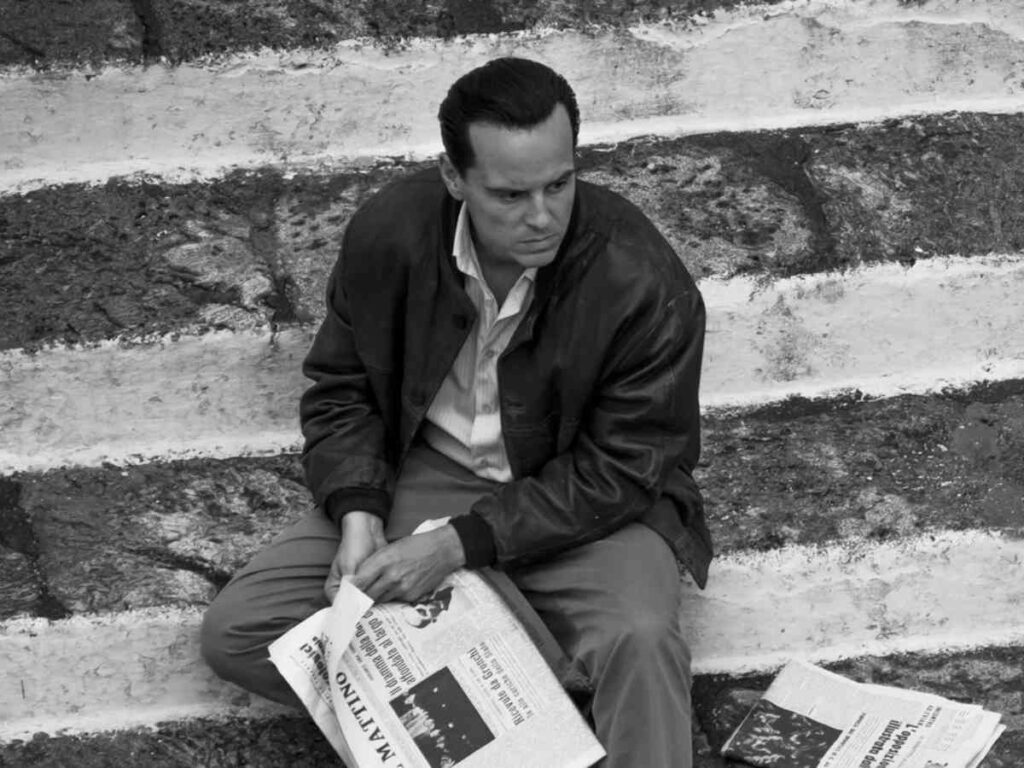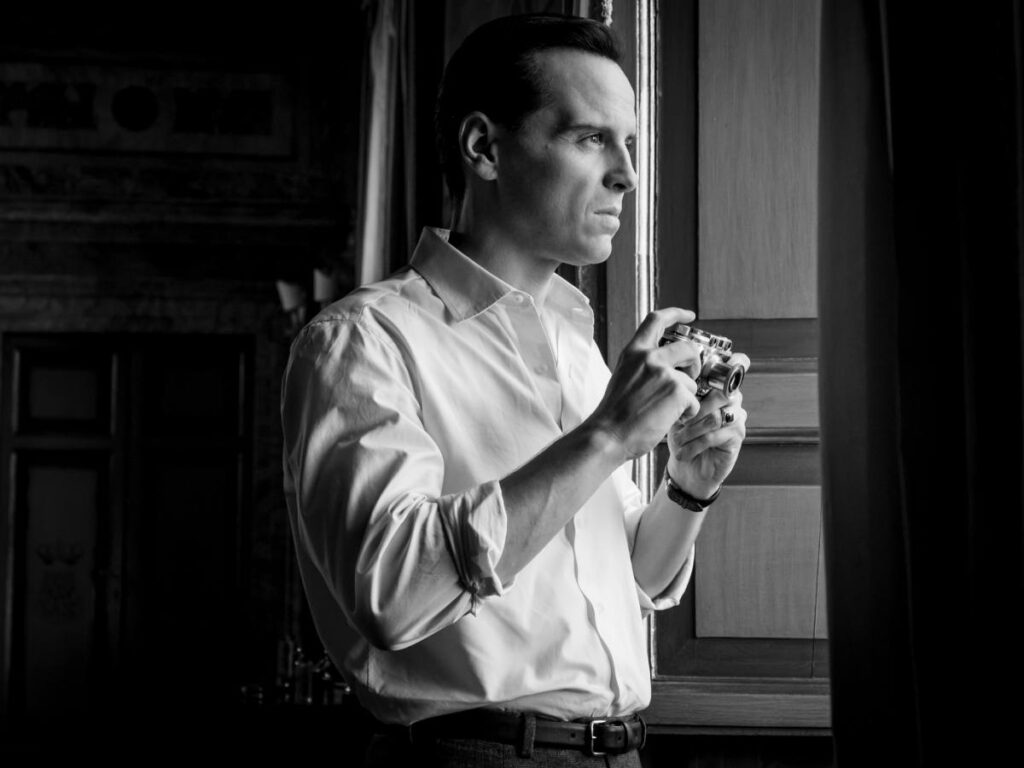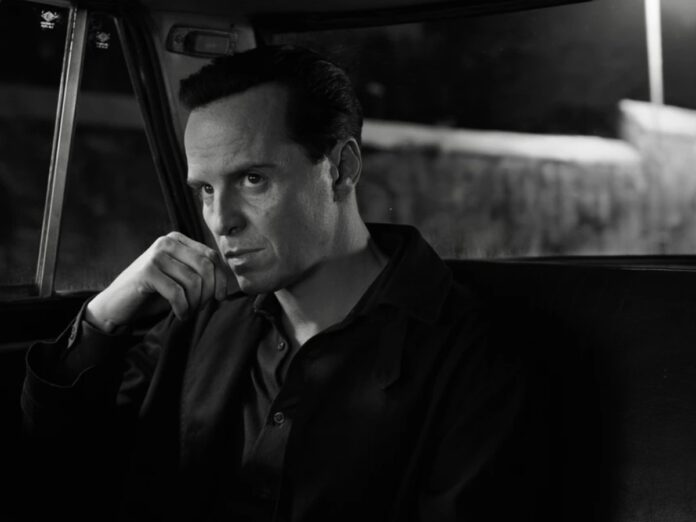‘The Talented Mr. Ripley’ is adapted from the 1955 psychological thriller novels of the same name by Patricia Highsmith. The novels follow the character named Tom Ripley who appears in all of the 5 novels from the book series. Now, Netflix has made a series titled ‘Ripley‘ based on the story.
The five books are ‘The Talented Mr. Ripley,’ ‘Ripley Under Ground,’ ‘Ripley’s Game,’ ‘The Boy Who Followed Ripley,’ and ‘Ripley Under Water’. All of the following books were published between 1955 and 1991. Additionally, the books were critically acclaimed and had garnered a big audience leading to several adaptations. But, what was the inspiration behind Tom Ripley?
Related: Top 10 Most Famous Serial Killers Of All Time
‘The Talented Mr. Ripley’: The Origin

Tom Ripley, the cunning protagonist of Patricia Highsmith’s ‘The Talented Mr. Ripley‘ is not based on a true person and is a fictional character of a fictional story. In the story, Tom manipulates his way into wealth by assuming the identity of Dickie Greenleaf. Despite his success, Ripley is haunted by paranoia, fearing eventual discovery and arrest.
All in all, Ripley is a very complex character. While he dismisses his apprehensions to continue his journey, his momentary doubt reveals the psychological toll of his deceitful deeds. Through Ripley, the author explores the tension between ambition and insecurity.
In case you missed it: Where Was Netflix’s ‘The Gentlemen’ Filmed? All Shoot Locations
Netflix’s Take On The Story: All About ‘Ripley’

The series will consist of 8 episodes in total and will follow the story told in the novels by Patricia Highsmith. Additionally, the psychological thriller series is set to release on Thursday, 4th April 2024 at 8 am GMT.
Additionally, The series will feature Andrew Scott as Tom Ripley, Dakota Fanning as Marge Sherwood, Johnny Flynn as Richard Dickie Greenleaf and Eliot Summer as Greenleaf’s friend. Other characters are not yet revealed.
Scott in an interview with Interview Magazine talked about his character. “There’ve been various iterations of the character, some of which I’ve seen and some of which I’ve avoided. When you’re playing those famous literary characters, you don’t want to just copy. I’m interested in the idea of what queerness is, and otherness because that’s what I think it’s about. The reason he’s such an interesting character is you can’t quite place him.”
You might like to read:






